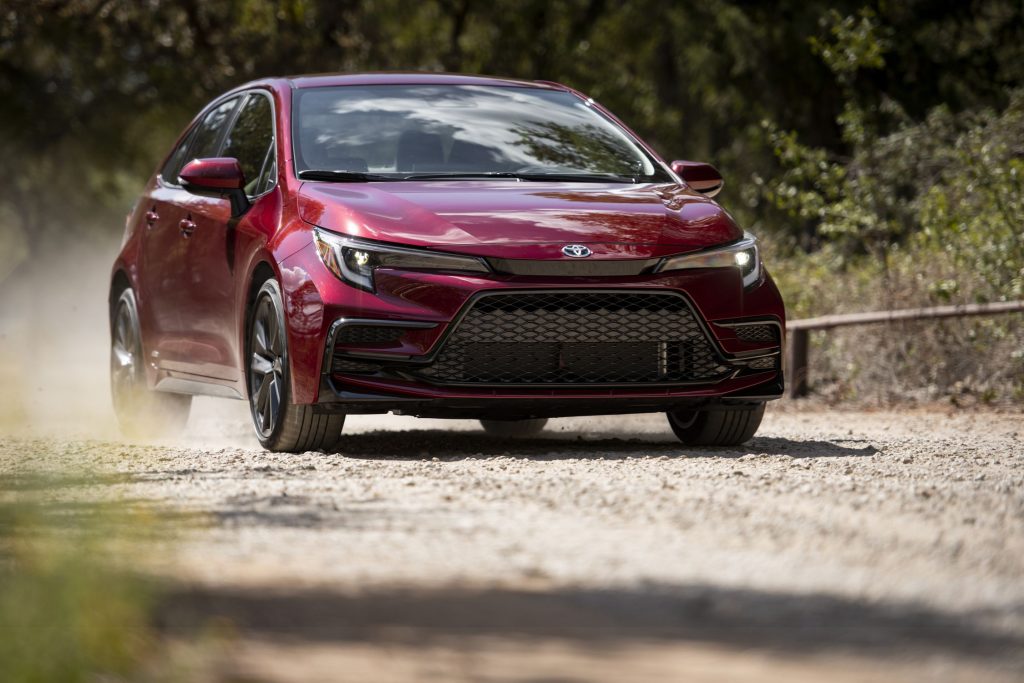Urban Insights
Exploring the pulse of modern cities.
Fuel Economy Fables: The Myths We Tell Ourselves About Efficient Rides
Uncover the truth behind fuel economy myths! Discover surprising facts that can save you money and boost your ride's efficiency.
Debunking the Top 5 Fuel Economy Myths: What Really Affects Your Gas Mileage
When it comes to fuel economy myths, misconceptions can lead to poor fuel efficiency and increased expenses at the pump. Myth #1: Many people believe that premium gasoline is always better for their car’s fuel economy. However, unless your vehicle's manufacturer specifically requires high-octane fuel, using a lower grade does not typically lead to worse gas mileage. In fact, using premium fuel in a regular car can be a waste of money, as highlighted in this Consumer Reports article.
Myth #2: Some drivers think that driving with the windows down is always more fuel-efficient than using air conditioning. In reality, at higher speeds, the aerodynamic drag created by open windows can decrease gas mileage. The Edmunds study illustrates that it’s more efficient to use the A/C instead of rolling the windows down when driving on the highway. Exploring these myths can help you make informed decisions that enhance your vehicle's performance and fuel efficiency.

Are Bigger Tires Hurting Your Fuel Efficiency? Exploring the Truth
When considering whether bigger tires are hurting your fuel efficiency, it's essential to understand how tire size impacts a vehicle's performance. Larger tires can increase the overall weight of the vehicle, leading to more energy being required to accelerate. Additionally, larger tires often have a greater contact patch, which can increase rolling resistance. According to FuelEconomy.gov, rolling resistance plays a significant role in determining a vehicle's fuel economy, and any increase in resistance can lead to decreased miles per gallon (MPG) performance.
Moreover, the change in tire dimensions can affect gear ratios, resulting in lower engine efficiency during highway driving. This issue is especially pronounced in vehicles that are not designed to accommodate larger wheels. According to a study by ScienceDirect, vehicles fitted with oversized tires may experience an 8-10% decrease in fuel efficiency compared to those with standard-sized tires. Thus, while bigger tires may enhance your vehicle's off-road capabilities or aesthetic appeal, they can indeed hurt your fuel efficiency.
The Truth About Driving Habits: Can Eco-Driving Techniques Really Save You Money?
When it comes to driving habits, many drivers are unaware of the significant impact their choices can have on fuel consumption and overall expenses. Eco-driving techniques focus on optimizing driving behavior, which can lead to substantial cost savings over time. According to the U.S. Department of Energy, implementing eco-driving practices can improve fuel efficiency by 10% to 20%. This means that simple adjustments, like maintaining a steady speed and reducing rapid acceleration, can directly translate into lower fuel costs.
Moreover, eco-driving is not just about saving money; it also promotes environmental sustainability. By reducing carbon emissions through efficient driving habits, you contribute to a greener planet. Techniques such as proper tire inflation, minimizing idling, and utilizing cruise control can enhance your vehicle's fuel efficiency, as noted by the Environmental Protection Agency. By adopting these habits, drivers can witness firsthand how eco-driving doesn’t just save money; it also helps create a cleaner future.